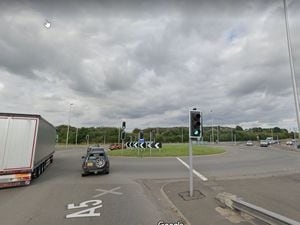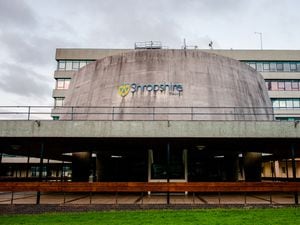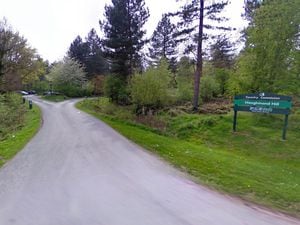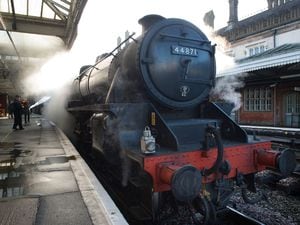Shrewsbury grave restoration is a Shaw thing
In the world of taxidermy, Henry Shaw of Shrewsbury seems to have been a significant figure.
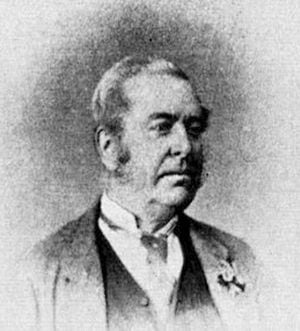
In Victorian times he mounted for display some birds which are long extinct, like the Great Auk and the passenger pigeon.
As his fame and renown spread, orders came in to him from the great and the good from far and wide, and the first Short-toed Lark found in Britain was recognised by him and sent up to a Mr Yarrell, who recorded it in his “History of British Birds.”
Lord Hill appointed him as curator to his collection, and among collections Shaw - he was familiarly known as Harry Shaw - worked on were those of Ludlow Museum.
He moved into a shop at 45 High Street in the county town in 1870. Some years later, on October 7, 1887, he died at the age of 75 of pleurisy, having caught a cold while out salmon fishing at Builth Wells.
He lies in Shrewsbury cemetery, the simple wording on his memorial obelisk giving no hint of his fame.
But now Shaw's grave has been restored to something like its former glory thanks to a refurbishment undertaken by Peter Dunbar, an avid collector of taxidermy who runs a company based in Shropshire which restores memorial stones.
Mr Dunbar, who is originally from Wolverhampton but moved to Shrewsbury six years ago, said: "I have been working in the memorial masonry trade for six years now and started my own business last August. It was quite strange how the restoration came about.
"I have been an avid collector of taxidermy for many years and really admire the work of Henry Shaw. I knew he was buried somewhere in the old section of the cemetery in Longden Road, Shrewsbury, but had no idea where - it's quite a large cemetery.
"I happened to be driving through it last year and a large obelisk memorial caught my eye. I have no idea why. I went over to have a look at it and there it was, the grave of Henry Shaw, and other family members.
"It was in a poor condition and I decided to try and somehow get in touch with any surviving relatives who could give me permission to restore it.
"I contacted various places, but always came to a dead end. I know Ludlow Museum have a lot of Henry Shaw's work in its collection so I thought I would try it on the off chance. It had information for one of his surviving relatives, but wasn't able to give me personal information so asked me what the nature of my inquiry was.
"A few weeks later I got an email from a lady called Alison Henry who is a distant relative of Henry Shaw and who was very enthusiastic about the project."
Mr Dunbar said he undertook the restoration essentially as a personal project, just covering his costs.
"The restoration of his memorial was a great honour to complete."
Curiously, for a local person so renowned in his field, so far as we can tell there were no obituaries of Shaw in the Shrewsbury Chronicle or the Wellington Journal & Shrewsbury News, and the short death notice in the Chronicle included the strange line "Friends will kindly accept this, the only intimation."
A report of the funeral carried in the Wellington Journal & Shrewsbury News similarly makes no mention of his fame or trade, but does say "there was a large number of friends present," among them being Major G Hill and Sir R D Green-Pryce, and among the numerous wreaths were wreaths send by Lord and Lady Hill, the Hon. Mr and Mrs Geoffrey Hill, and Algernon Herbert (sic) Percy - all pointing to Shaw being well connected, and well respected.
The bearers of the coffin were employees of Shaw.


